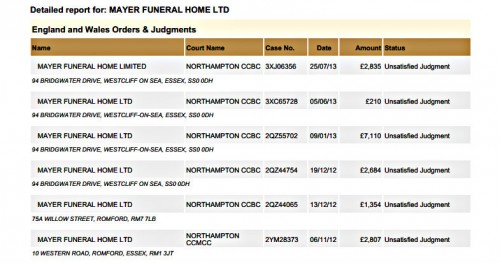Posted by Richard Rawlinson
It’s a crying shame St Joseph of Arimathea shares his feast day with St Patrick on 17 March. The patron saint of funeral directors gets ignored in a wash of green and Guinness. But the world’s most famous undertaker is particularly special to Britain, and well worth your prayers seeking his intercession. His story takes us from the cross and tomb of Our Lord to Glastonbury and the Holy Grail.
Mentioned in all four Gospels, Joseph was a wealthy merchant and follower of Christ who demonstrated tremendous bravery and kindness: he went to Pontius Pilate asking for permission to take Christ’s body from the Cross at Calvary and prepare Him for burial; he cleaned the tortured, bloodied body, anointed it with oils, shrouded it in linen and carried it to a cave tomb he’d prepared for his own use.
The Bible says nothing more about Joseph but legend continues his story. It’s said he was uncle of the Virgin Mary, a claim originating from the tradition that the senior male relative of a crucified man is responsible for dealing with the body. With Our Lady’s older husband, St Joseph, no longer alive, our Joseph stepped forward.
It’s said he made his money trading metals which took him to the northern reaches of the Roman Empire, including the tin mines of Cornwall. As an account for some of Jesus’s ‘lost’ years between childhood and ministry, it’s claimed great uncle Joseph took Jesus with him on one of these trips, hence William Blake’s Jerusalem:
And did those feet in ancient time
Walk upon England’s mountains green?
And was the holy Lamb of God
On England’s pleasant pastures seen?
Joseph’s ties with England continue. He’s said to have accompanied Apostle Philip, Mary Magdalene and other followers of Christ on a preaching mission to Gaul, with Joseph then sailing across the Channel to the island with which he was already familiar.
Possibly the first missionary in Britain between AD37-50, Joseph settled in Glastonbury. Not only did he have firsthand credibility as a missionary but he also brought sacred relics: vials of Christ’s blood and sweat from the Cross, and the cup used during the Last Supper. The Holy Grail, no less.
Here, Bible-extending apocryphal tales mix with Medieval myths about Avalon. Some say Joseph is the original founder of Glastonbury Abbey, which is also claimed as the burial place of King Arthur. The Holy Grail is said to be hidden in Chalice Well, near the Abbey, since destroyed during the Reformation. Glastonbury’s parish church remains dedicated to St Joseph.
These stories make a case for Joseph as patron saint, not just of undertakers, but of all England rather than George, the dragon-slayer. Some also judge Jerusalem as a better choice of national anthem than the one we have.
FDs, do you know how lucky you are?

